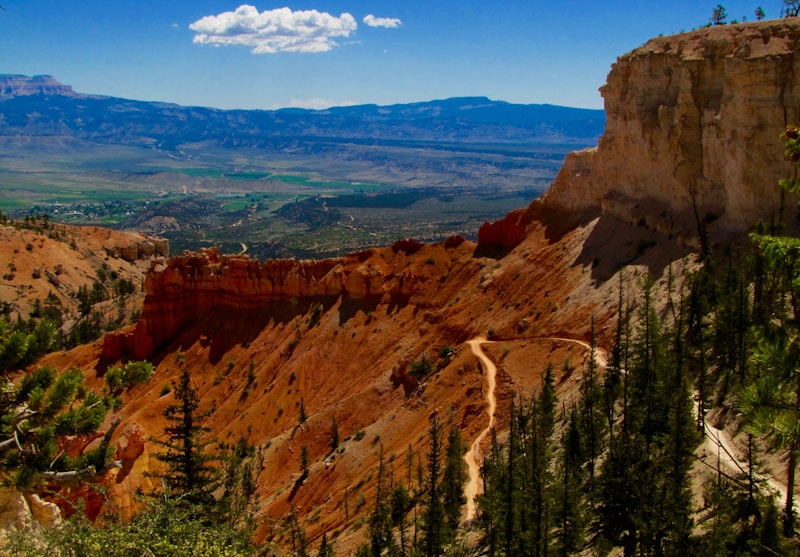12 Questions
What is another name for the Indus Valley Civilization?
Harappan Civilization
During which time period did the Indus Valley Civilization thrive?
2600 BCE - 1900 BCE
In terms of urbanization, what was a distinctive feature of the Indus Valley Civilization?
Well-planned towns and streets
What indicates a clear understanding of hygiene and sanitation in the Indus Valley Civilization?
Sophisticated water supply system
Which modern-day countries were part of the heartland of the Indus Valley Civilization?
India and Pakistan
What does the presence of large, well-planned cities suggest about the social structure of the Indus Valley Civilization?
A strong central authority
What social hierarchy is reflected in the size and layout of houses in the Indus Valley Civilization?
Priestly class, merchants, and artisans
With whom did the Indus Valley Civilization have extensive trade relations based on archaeological evidence?
Mesopotamia, China, and the Persian Gulf
What is unique about the script used by the Indus Valley Civilization?
Its meaning remains undeciphered
Which animals played an important role in the religious practices of the Indus Valley Civilization?
Bulls, tigers, and elephants
What are some theories that suggest reasons for the decline of the Indus Valley Civilization?
Climate change and environmental degradation
What legacy did the Indus Valley Civilization leave behind?
Well-planned cities, advanced urbanization, and sophisticated trade system
Study Notes
Indus Valley Civilization: Unraveling Ancient India's Complex Past
The Indus Valley Civilization, often referred to as the Harappan Civilization, is one of the most significant prehistoric cultures in the world, thriving between 2600 BCE and 1900 BCE in the northwestern regions of the Indian subcontinent. This complex society, characterized by well-planned towns, advanced urbanization, and intricate craftsmanship, has left behind an enduring legacy that continues to fascinate scholars and enthusiasts alike.
Origins and Spread
The Indus Valley Civilization emerged roughly 4,500 years ago across the fertile plains of the Indus River and its tributaries, spreading over an area of about one million square kilometers. The heartland of the civilization encompassed parts of modern-day India and Pakistan, including the areas of Punjab, Haryana, Rajasthan, Sindh, and Gujarat.
Town Planning and Urbanization
One of the most distinctive features of the Indus Valley Civilization was its meticulous town planning. Preserved city layouts reveal a high standard of urban development, with well-planned streets, baths, public wells, and a sophisticated water supply system. This level of organization suggests a clear understanding of hygiene and sanitation, which was uncommon in ancient civilizations.
Social Structure
The Indus Valley Civilization is believed to have had a complex social structure. The presence of large, well-planned cities indicates a strong central authority. Archaeological evidence also suggests the existence of a priestly class, merchants, and artisans. The social hierarchy is reflected in the size and layout of houses, with larger homes belonging to the affluent and religious classes.
Trade and Exchange
The Indus Valley Civilization was a thriving hub of trade and exchange, with evidence suggesting extensive trade relations with neighboring settlements and regions. Artifacts and seals found at Indus Valley sites indicate trade with Mesopotamia, China, and the Persian Gulf. The presence of standardized weights and measures also suggests a developed system of trade.
Script and Language
The Indus Valley Civilization is known for its use of a unique script, yet deciphering the meaning of the symbols remains a matter of ongoing research and debate. The script has been found on seals and pottery, but its purpose remains unclear. The language spoken by the people of the Indus Valley Civilization is also unclear, with some theories suggesting that it might be related to the Dravidian languages, which are still spoken in southern India and parts of Pakistan.
Religion and Beliefs
The religious beliefs of the Indus Valley Civilization are still a subject of intense study and debate. The presence of seals and other artifacts depicting animals, plants, and anthropomorphic figures suggests a complex belief system. Some scholars believe that the civilization might have worshipped a single deity, with animals such as bulls, tigers, and elephants playing an important role in their religious practices.
Decline and Legacy
The reasons for the decline of the Indus Valley Civilization are not entirely clear, but some theories suggest that climate change, environmental degradation, and the rise of other civilizations might have played a role. Despite its eventual decline, the Indus Valley Civilization has left behind a rich legacy that continues to shape our understanding of human history and civilization. Its well-planned cities, advanced urbanization, and sophisticated trade system remain an inspiration for urban planners and historians alike.
Conclusion
The Indus Valley Civilization is a fascinating chapter in the history of ancient India, offering invaluable insights into the ways of life and cultural practices of this once-thriving society. Its advanced town planning, urbanization, and trade systems remain a testament to the sophisticated and complex nature of this ancient civilization, which continues to captivate scholars and enthusiasts alike. As we continue to uncover the secrets of this mysterious culture, the Indus Valley Civilization will undoubtedly continue to inspire and inform our understanding of human history and civilization.
Explore the Indus Valley Civilization, a significant prehistoric culture that thrived in the northwestern regions of the Indian subcontinent between 2600 BCE and 1900 BCE. Discover insights into its town planning, social structure, trade networks, language, religious beliefs, decline, and lasting legacy.
Make Your Own Quizzes and Flashcards
Convert your notes into interactive study material.




